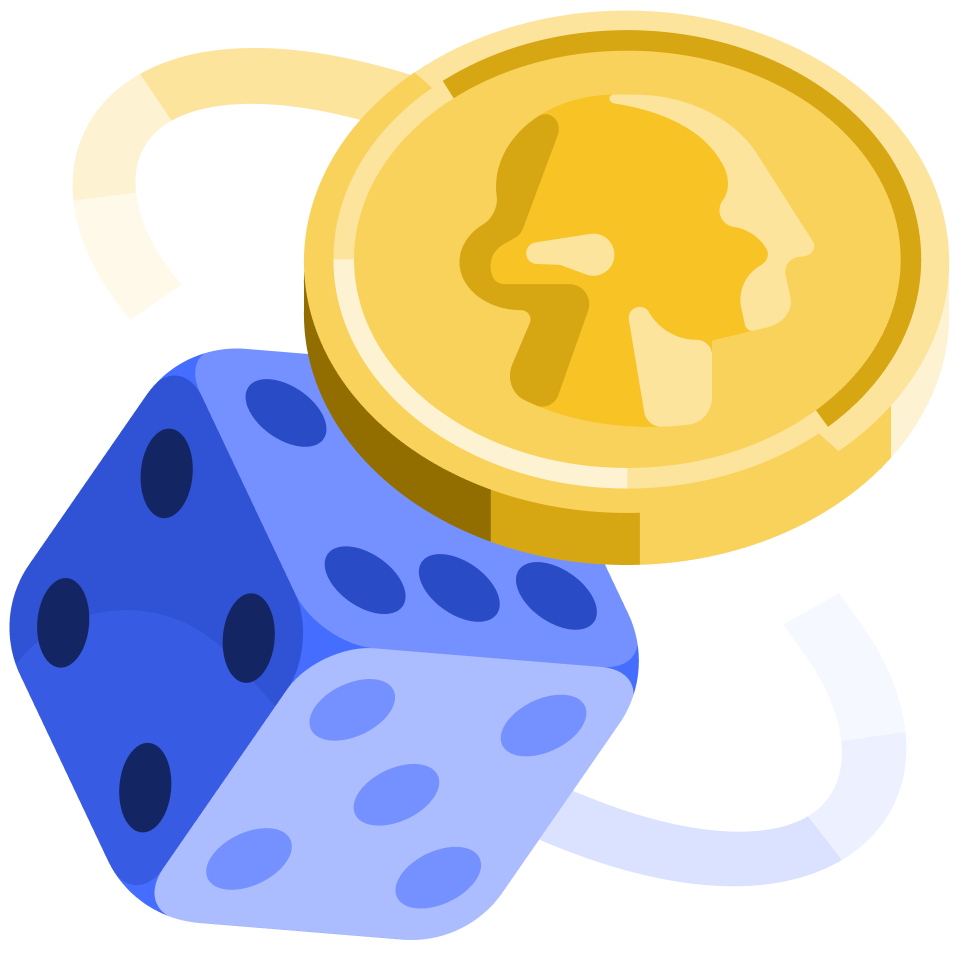
Probability and Chance
Use probability to make better decisions.
Comparing Likelihoods
Multiple Decks
Counting Outcomes
Possibilities and Probability
Level Review
Two Card Totals
Selecting Success
Calculating Probability
Level Review
Dice and Coins
Comparing Combinations
Stacking the Deck
Changing the Odds
Level Review
Probability and Value
Variable Rewards
Expected Value
Calculating Expected Value
Level Review
Comparing Value
Multiple Event Value
Multiple Event Comparisons
Level Review
Venn Diagrams
AND Probabilities
OR Probabilities
Outcomes in OR
Calculating OR
NOT Probability
Conditional Probability
Dependent or Independent
Identifying Dependence
Two Way Dependence
Calculating Conditionals
Independent AND
Multiplying with Dependence
Up next
Geometry and Measurement
Start exploring geometry with an intuitive introduction to the essentials.
What will I learn in Probability and Chance?
We'll start by calculating the likelihood of events by counting possible outcomes from drawing cards, rolling dice and tossing coins. Once you can calculate probabilities, you can also calculate expected values, and use them to optimize decision-making. With an intuitive grasp of the basics of probability established, we'll delve into the more formal language of probability, including conditional probability, joint and disjoint events and Venn diagrams.
What topics are covered in the course?
- Outcome spaces
- Counting combinations
- Dependence and independence
- Joint probability
- Conditional Probability
- Venn diagrams
- Subsets
- Mutually Exclusive Events